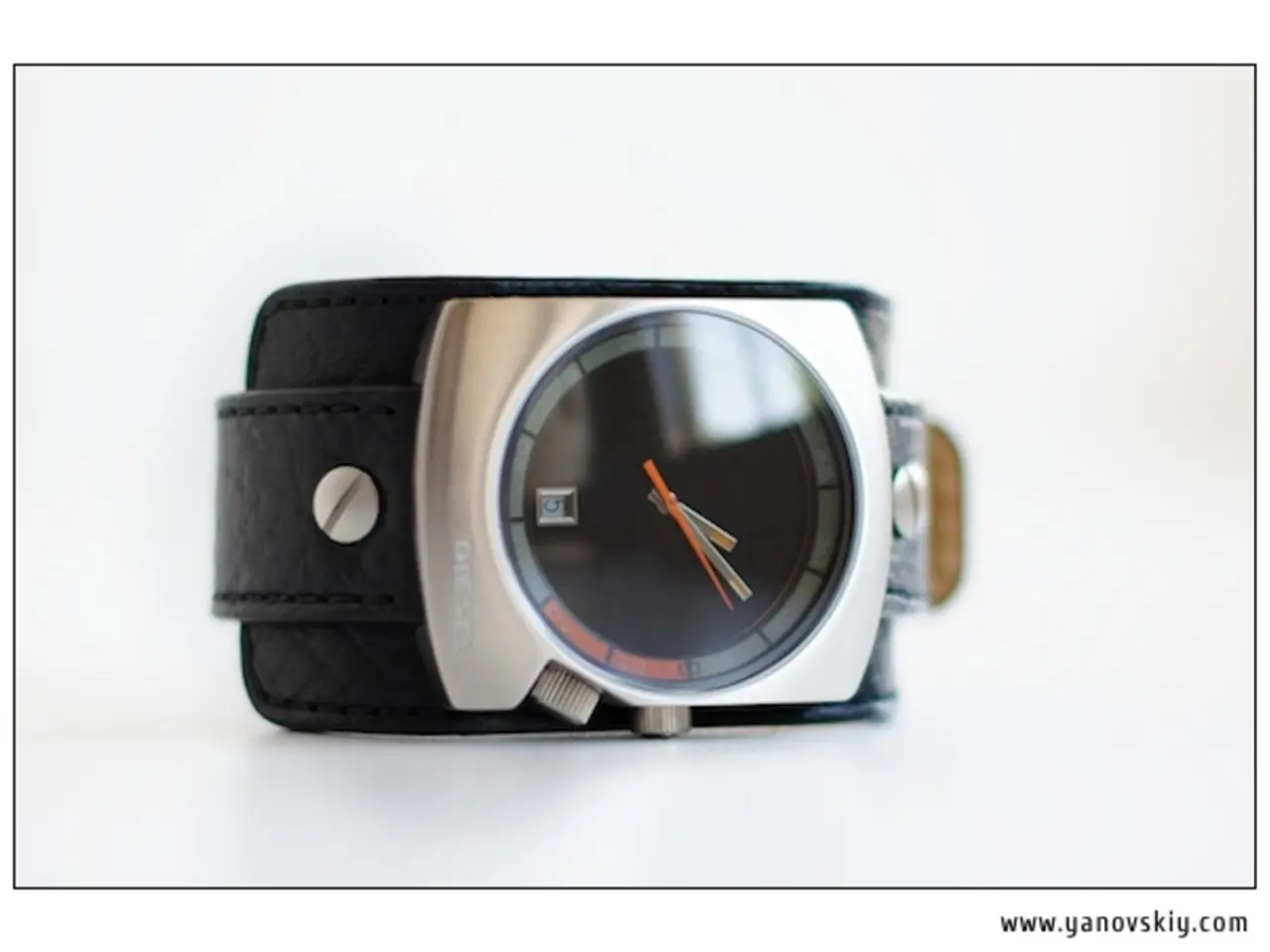Transgressing Dress Code Guidelines
Employees' Work Clothing Obligations in Extreme Heat: Adjustments Must Be Made Within Regulations
In Germany, employees are generally required to adhere to prescribed work clothing, even in extreme heat conditions. Any changes to work clothing standards must be made in accordance with safety regulations and be agreed upon by the employer.
Under occupational safety and health regulations, employers are obliged to ensure both safety and reasonable working conditions. This includes making necessary adjustments during extreme temperatures. However, employees should not unilaterally remove prescribed clothing as this can compromise safety or break company rules.
Changes to work clothing policies are typically made via employer instructions, company agreements, or consultation with occupational safety experts. This may include lighter or modified clothing in heat, but it must comply with safety laws. If existing clothing rules are unreasonable due to heat and impair health, employees should report this to the employer or to the workplace safety representative to seek an official adjustment or exception.
It's important to note that there is no direct German legal provision that allows employees to override clothing requirements purely due to heat. However, occupational health laws ensure that working conditions, including clothing, must not endanger employees' health. Therefore, adjustments for extreme heat must be agreed upon within the framework of employment rules and workplace safety regulations, not individually decided by employees.
In terms of protective work clothing, the requirement remains in place regardless of weather conditions due to legal regulations. On the other hand, simple work clothing, which is prescribed by the employer for operational reasons, is distinguished from protective work clothing. As long as the personal rights of employees are respected, employers can require the wearing of certain clothing.
In conclusion, while employees can raise concerns and ask for modifications under extreme heat, they do not have the right to arbitrarily remove prescribed work clothing without employer consent or established procedures. Employees should always prioritize safety and follow the guidelines set by their employers and occupational safety regulations.
[1] Source: Interview with Nathalie Oberthür, specialist lawyer for employment law and chairwoman of the employment law committee in the German Bar Association (DAV). [5] Source: German Federal Ministry for Labour and Social Affairs (BMAS) guidelines on occupational safety and health in extreme heat.
- Under the umbrella of health and wellness, it's essential for employers to consider implementing workplace-wellness initiatives during extreme heat conditions, such as altering the work clothing policies to include lighter or modified clothing, while ensuring compliance with safety regulations.
- In line with the science of occupational health, employers are responsible for ensuring employee health and safety even in extreme heat, which may require adjustments to the prescribed work clothing, following the established procedures and guidelines.




